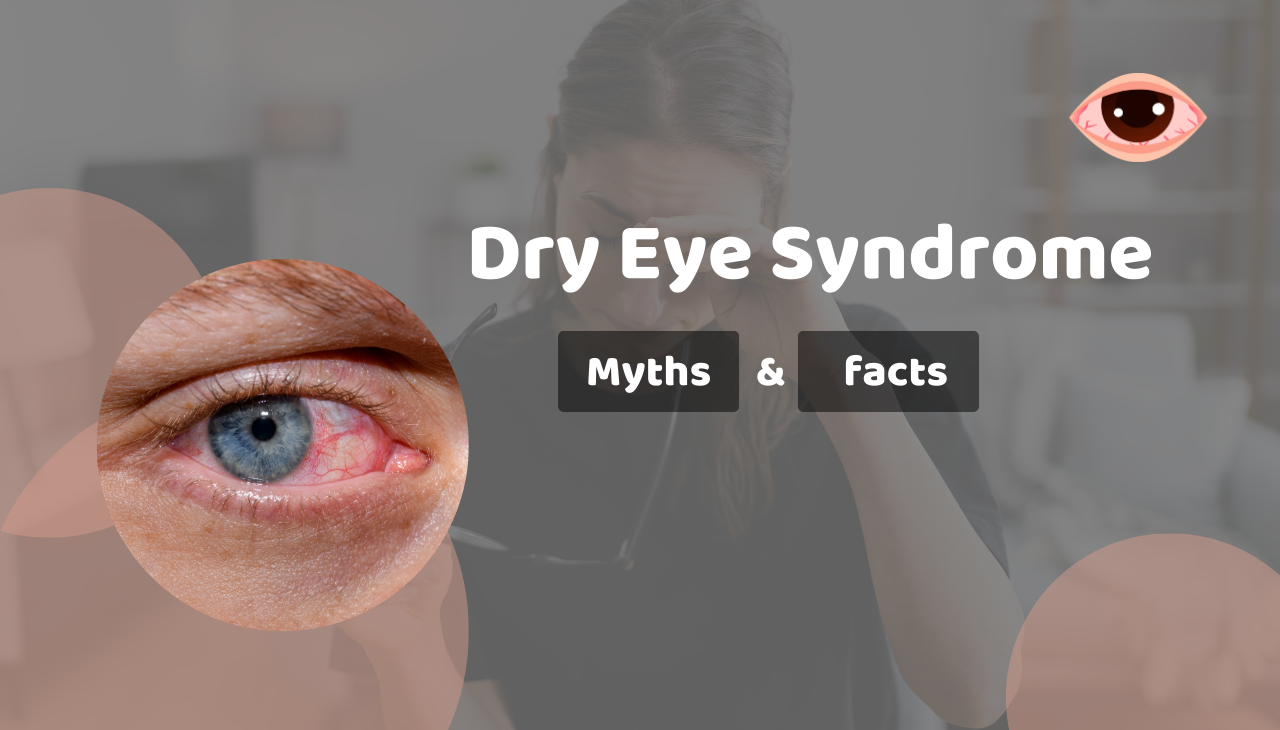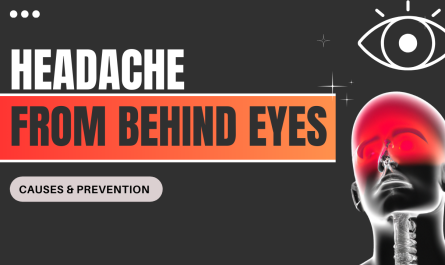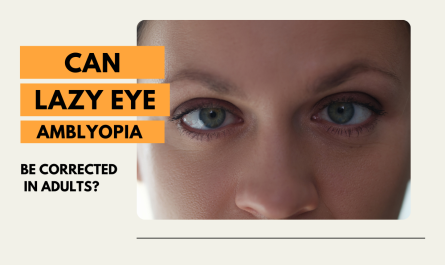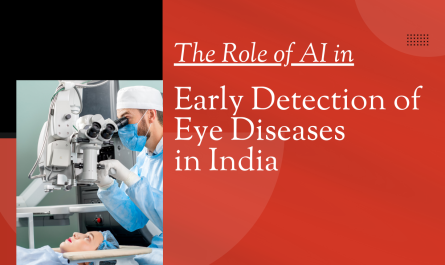Dry Eye Syndrome (DES) is one of the most common eye conditions, affecting millions worldwide. Yet, despite its prevalence, many myths and misconceptions surround this condition. Misunderstanding dry eye syndrome can delay diagnosis and proper treatment, potentially leading to discomfort and long-term vision issues.
In this blog, we’ll explore what dry eye syndrome is, dispel common myths, uncover important facts, and discuss effective treatment options.
What is Dry Eye Syndrome?
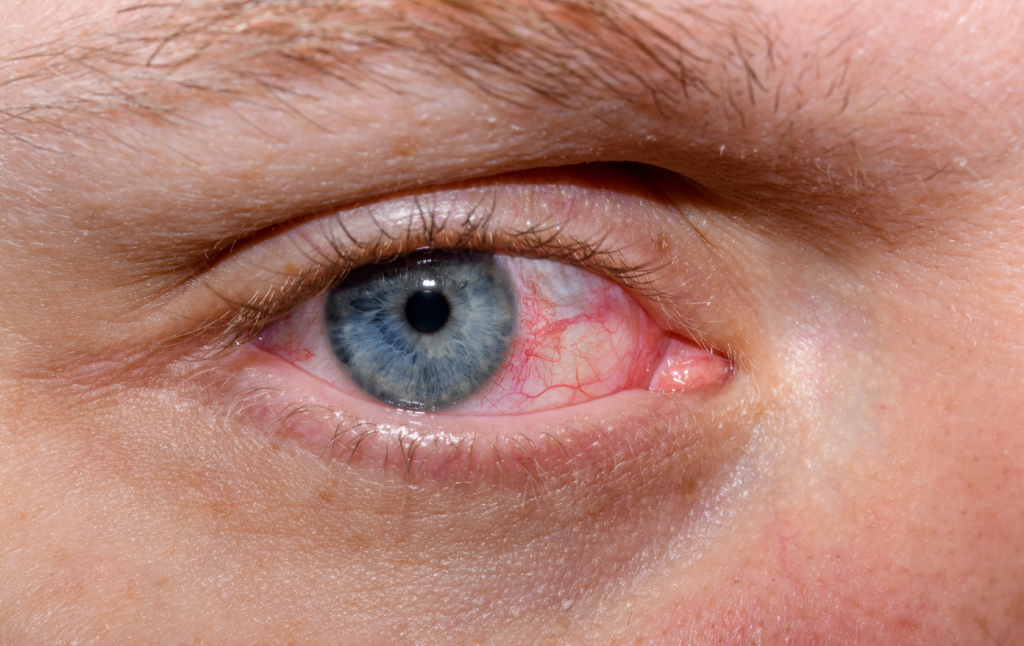
Dry Eye Syndrome occurs when your eyes do not produce enough tears or when the tears evaporate too quickly. Tears are essential for maintaining eye health, providing moisture, and ensuring clear vision.
Causes of Dry Eye Syndrome
- Age: Tear production decreases as we age.
- Environmental Factors: Wind, smoke, or dry air can contribute to quick tear evaporation.
- Lifestyle: Prolonged screen use and insufficient blinking can worsen dry eyes.
- Medical Conditions: Autoimmune diseases like Sjögren’s syndrome, diabetes, or thyroid disorders.
- Medications: Antihistamines, antidepressants, and blood pressure medications.
Common Symptoms of Dry Eye Syndrome
- Persistent dryness or a gritty sensation.
- Eye redness or irritation.
- Blurred vision, especially after prolonged activities like reading or screen use.
- Sensitivity to light (photophobia).
- Watery eyes, a paradoxical symptom caused by irritation.
Dispelling Myths About Dry Eye Syndrome
Myth 1: Dry eyes only occur in older adults.
Fact: While age is a significant factor, dry eye syndrome can affect people of all ages. Screen use, contact lenses, and environmental factors contribute to its prevalence among younger individuals.
Myth 2: Drinking water solves dry eye problems.
Fact: Hydration is essential for overall health, but dry eyes are more complex. Tear production relies on the balance of water, oil, and mucus layers, not just water intake.
Myth 3: Eye drops are the only treatment for dry eyes.
Fact: Over-the-counter eye drops provide temporary relief but don’t address underlying causes. Comprehensive treatment often involves lifestyle changes, prescription medications, or procedures.
Myth 4: Tear production decreases only because of aging.
Fact: Hormonal changes, certain medications, and environmental factors can reduce tear production regardless of age.
Facts About Dry Eye Syndrome
- It’s a Chronic Condition: While symptoms can be managed, dry eye syndrome often requires ongoing care.
- Technology Worsens Dry Eye: Staring at screens reduces blink rates, exacerbating dryness.
- Comprehensive Treatments Are Available: Advanced therapies like punctal plugs, lipid-based eye drops, and light therapy address specific causes.
Effective Treatments for Dry Eye Syndrome
1. Lifestyle Adjustments
- Take regular breaks during screen use (20-20-20 rule: every 20 minutes, look at something 20 feet away for 20 seconds).
- Use a humidifier to add moisture to the air.
- Wear protective eyewear in windy or dry environments.
2. Artificial Tears
- Over-the-counter lubricating eye drops provide temporary relief.
- Opt for preservative-free versions for frequent use.
3. Prescription Medications
- Cyclosporine (Restasis): Increases tear production.
- Lifitegrast (Xiidra): Reduces inflammation linked to dry eye syndrome.
4. Advanced Therapies
- Punctal Plugs: Small devices inserted into tear ducts to retain tears.
- Intense Pulsed Light (IPL) Therapy: Addresses meibomian gland dysfunction, a common cause of evaporative dry eyes.
5. Nutritional Support
- Omega-3 fatty acids (found in fish oil and flaxseed) are known to support eye health and reduce inflammation.
Preventing Dry Eye Syndrome
While not all cases of dry eyes are preventable, these tips can minimize risks:
- Blink often, especially during prolonged screen use.
- Maintain proper hydration and a balanced diet.
- Regularly clean eyelids to prevent meibomian gland blockages.
- Avoid rubbing your eyes, which can worsen irritation.
Consult Laxmi Eye Hospitals for Dry Eye Treatment
At Laxmi Eye Hospitals, we understand the discomfort and challenges associated with dry eye syndrome. Our team of expert ophthalmologists uses state-of-the-art diagnostics to identify the root cause of your condition and tailor treatments to your needs.
With branches in Dombivli, Panvel, Kharghar, Kamothe, we are dedicated to providing compassionate, personalized care to restore your comfort and clarity.
Schedule an appointment today and take the first step towards healthier, more comfortable eyes.
Conclusion
Dry Eye Syndrome is more than a minor annoyance—it can significantly impact your quality of life if left untreated. Understanding the condition and separating myths from facts is the key to effective management.
If you’re struggling with symptoms of dry eye syndrome, consult the experts at Laxmi Eye Hospitals for advanced treatments and lasting relief. Don’t let dry eyes cloud your vision or your daily life.

